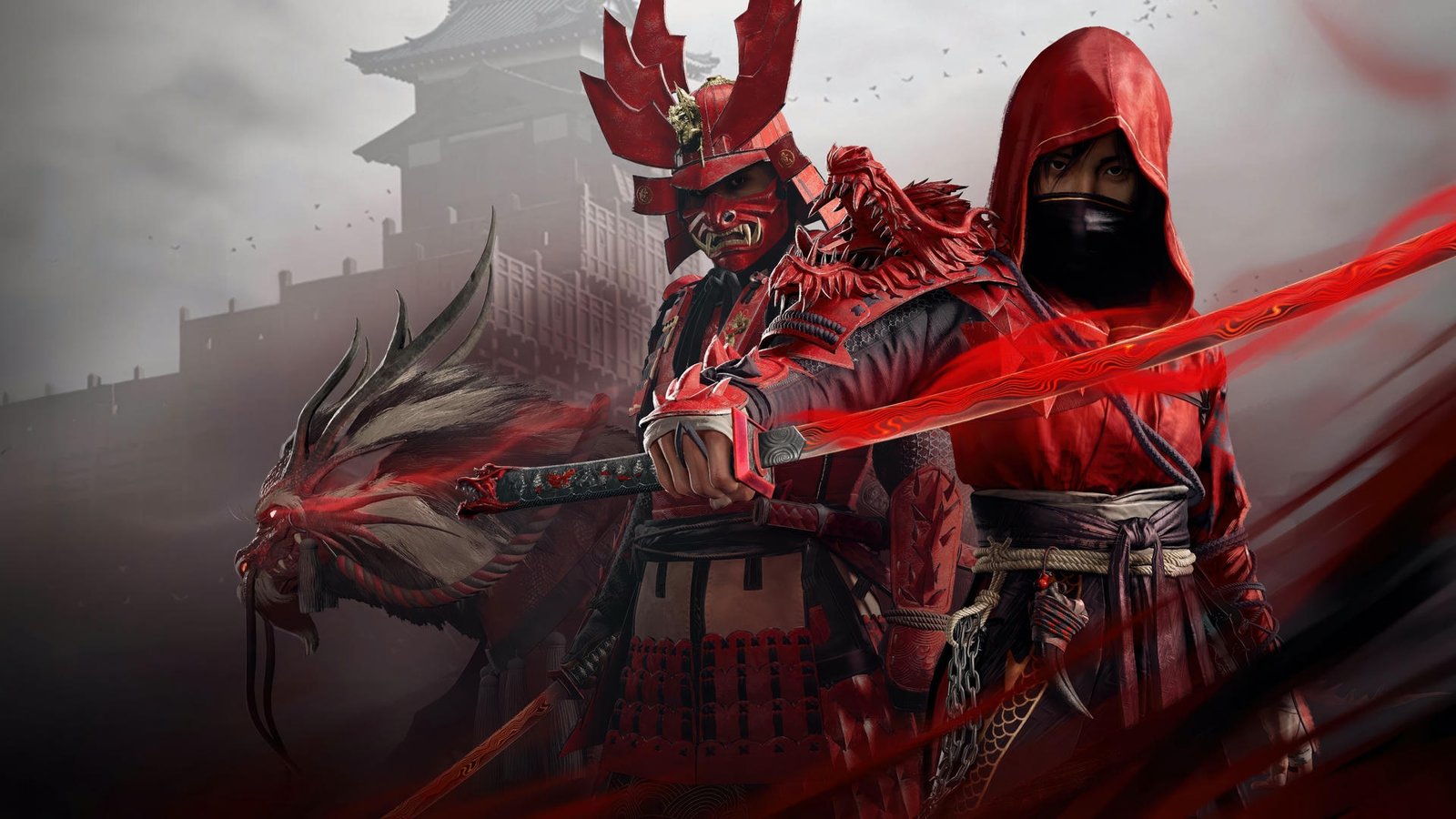Understanding Player Behavior in Gaming: What Drives the Digital Competitor?
In the fast-evolving world of gaming and esports, understanding why players do what they do is just as important as what they play. Whether you’re a casual gamer, competitive pro, team manager, or content creator, having insight into player behavior can unlock better strategies, stronger communities, and more engaging experiences.
So, what really drives gamers? Let’s explore the psychological, social, and environmental factors that shape how players think, act, and compete.
1. The Psychology of Play: Motivation Matters
At the core of player behavior is motivation—the reason behind why someone picks up a controller or taps on a screen.
There are typically five primary gamer motivations:
🎯 Achievement – Driven by winning, ranking up, or mastering difficult mechanics. These players chase trophies, leaderboard spots, and personal skill improvement.
👥 Social Interaction – Focused on connection. These players enjoy teamwork, chatting, and building communities.
🧠 Immersion – Motivated by story, exploration, and emotional connection. They enjoy deep narratives and open-world discovery.
⚔️ Competition – Live for the thrill of head-to-head challenges. Esports athletes and ranked players often fall into this category.
🎨 Creativity – Inspired by building and self-expression (e.g., Minecraft architects, Roblox developers).
Understanding a player’s core motivation helps game developers design better experiences—and esports teams build more effective strategies.
2. In-Game Behavior: What Patterns Can Tell Us
In-game actions can reveal more than just skill level. They can highlight personality traits, preferred playstyles, and even team compatibility.
Aggressive vs. Strategic Players: Aggressive players rush objectives and favor fast-paced games. Strategic players analyze situations and prefer games requiring deep planning.
Risk-Takers vs. Safe Players: Risk-takers often go for high-reward plays. Safe players focus on consistency and low-error gameplay.
Leaders vs. Followers: Some players naturally take command in team situations. Others thrive when they can support or execute a game plan.
By analyzing player data (kill/death ratios, time spent in roles, communication patterns), esports organizations and game developers can better tailor coaching, matchmaking, and game design.
3. Social Behavior and Toxicity in Gaming
While gaming brings people together, it also faces challenges like toxicity, griefing, and rage quitting. Understanding the root causes is crucial for building healthier communities.
Common triggers of negative behavior include:
Frustration from loss or lag
Unbalanced matchmaking
Lack of team cooperation
Anonymity and lack of consequences
Solutions like better moderation, community reporting, AI-driven toxicity detection, and player education can drastically improve social experiences in games.
On the flip side, many gamers exhibit positive behaviors like mentoring, shot-calling, and rallying demoralized teammates. Promoting these actions is key to thriving online communities.
4. Player Personas in Esports
In competitive gaming, understanding player behavior helps coaches build synergy within teams.
Typical esports personas include:
🎮 The Mechanical Genius – Known for exceptional reflexes and mechanics (often in FPS or MOBA games).
🧠 The Strategist – Reads the game several steps ahead, ideal for shot-calling.
❤️ The Team Player – Keeps morale high and supports others’ decisions.
🔥 The Clutch Performer – Thrives under pressure and often secures critical wins.
Recruiting and training with these archetypes in mind can make or break a roster.
5. Cultural and Regional Influences
Player behavior isn’t universal—it’s shaped by culture, language, and environment. For example:
Players in North America may prioritize individual highlights and solo plays.
Southeast Asian and African communities often emphasize teamwork and community-centered play.
Access to technology can affect player preferences (e.g., mobile gaming dominance in parts of Africa and India).
Understanding these cultural nuances is crucial for game publishers and event organizers expanding into new regions—especially in diverse places like Africa, where Creaby Esports operates.
Final Thoughts: Know the Player, Grow the Game
Understanding player behavior isn’t just academic—it’s actionable. Whether you’re building the next big title, managing an esports team, or fostering a gaming community, insight into what drives your players will lead to better engagement, loyalty, and growth.
At Creaby Esports, we believe that great gaming begins with great understanding. Let’s keep learning, leveling up, and creating spaces where every player feels seen, heard, and empowered.
Because behind every avatar is a real person—and every person plays for a reason.

